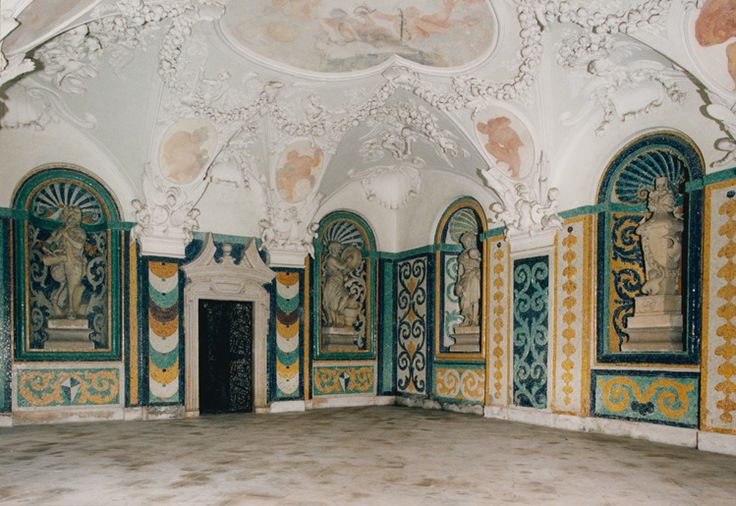Michał Wardzyński, University of Warsaw
The Adnet and Fürstenbrunn limestone was a traditional and highly priced building and sculpture material in the sub-Alpine region. Giving the high costs of these stones, since seventeenth century local artists, builders and artisans have applied various cheaper substitutes meant to imitative the colorful stones. The materials and techniques used varied from workshop to workshop and often were truly unique. This paper will inquire into the striking affinities between solutions applied by the workshops of Giovanni Battista Carloni (1640/42-1707) of Scaria in Val Intelvi and Baldassare Fontana (1661-1733) of Chiasso in Mendrisiotto. Carloni, was the first one to imitate the real texture of the Adnet and Untersberg ‘marble’ varieties with the mean of stucco marbling and scagliola. In the 1670s and 1680s he applied his invention in the structure elements of altars and portals in various churches in Passau, Upper Austria, and Upper Palatinate designed by his older brother – an architect Carlo Antonio (ca. 1635-1708). Intriguingly, similar solutions were repeated only once, by the Fontana workshop ca. 1690-1700 in the distant locations in Moravia and in Lesser Poland. This paper will attempt at identifying and comparing the recipes of stucco marbling used by Carloni and Fontana. It will also aim at explaining the origins of the new technique and inquiring into the mutual relations between the two important seventeenth-century Swiss-Italian workshops.
Michał Wardzyński, PhD Sc, an associate professor in the Art History Institute, Warsaw University. Focuses on early-modern sculpture and small-scale architecture in its material, practical, and semantic contexts, as well as marble studies according to the wider perspective of a geography of art in Central and Eastern Europe. During last years of European archival and comparative research he studied diplomatic and artistic relations between Polish-Lithuanian Commonwealth and both parts of the Netherlands, including the high-baroque sculpture imports from Amsterdam, Delft and Antwerp to Gdańsk, Warsaw and the royal villa in nearby Wilanow.
Author of three books, including Marble and Alabaster in Sculpture and Small-Scale Architecture in the Polish-Lithuanian Commonwealth. 16th–Early 18th-Century Transformation of Art Traditions through the Lens of History and Materials Science (Polish version – Warsaw 2015), ten co-edited collective volumes and more than 100 articles on Polish, Lithuanian and Silesian sculptors and other groups of artists active in Central European countries. Participant of several international research grants, including From Riverbed to Seashore. Art on the Move in Eastern Europe and the Mediterranean in the Early Modern Period, Harvard University in cooperation with the Getty Foundation (collective volume published by Brill in 2022).
